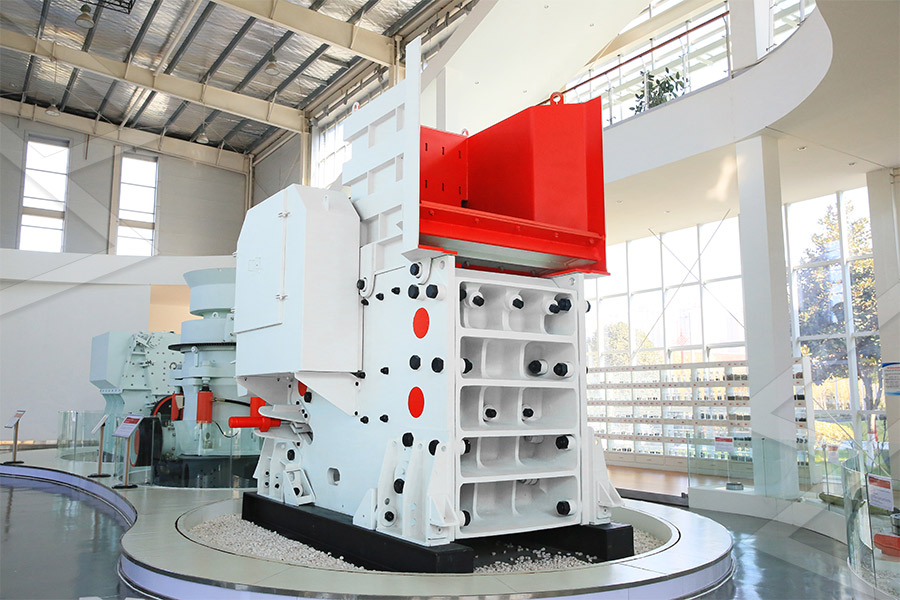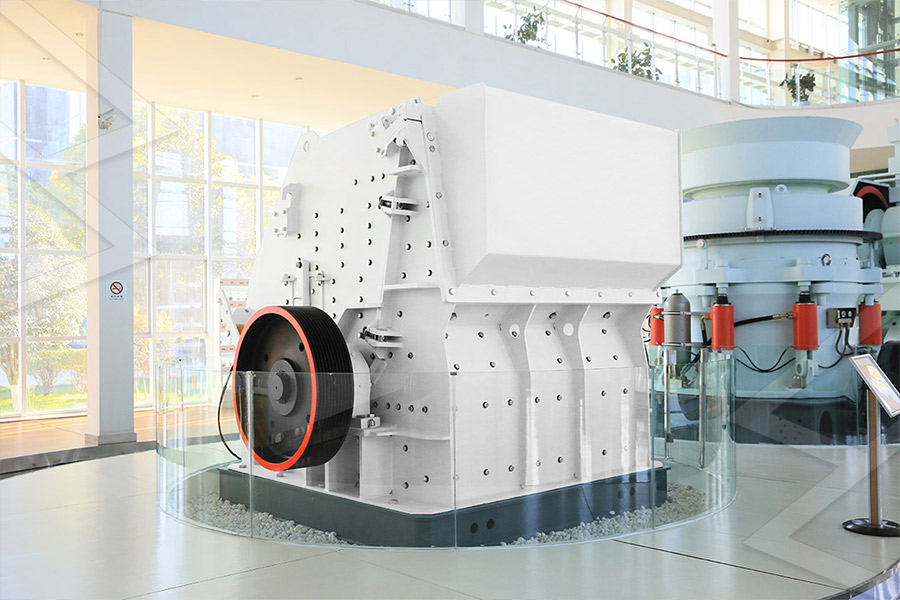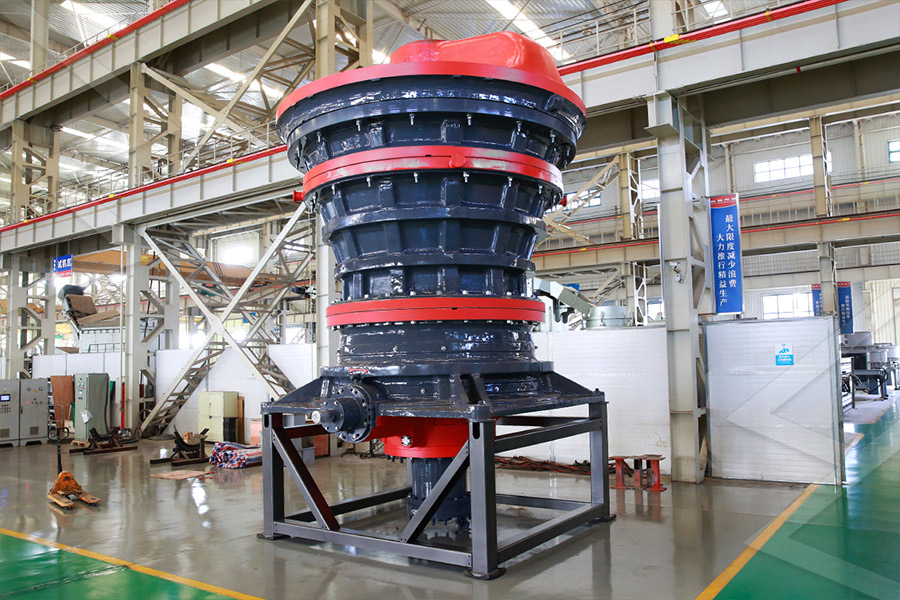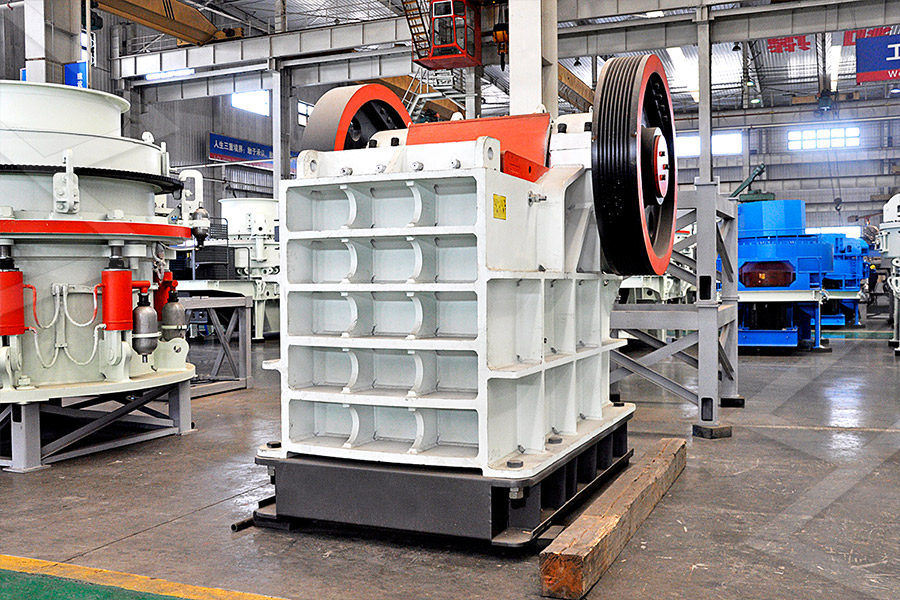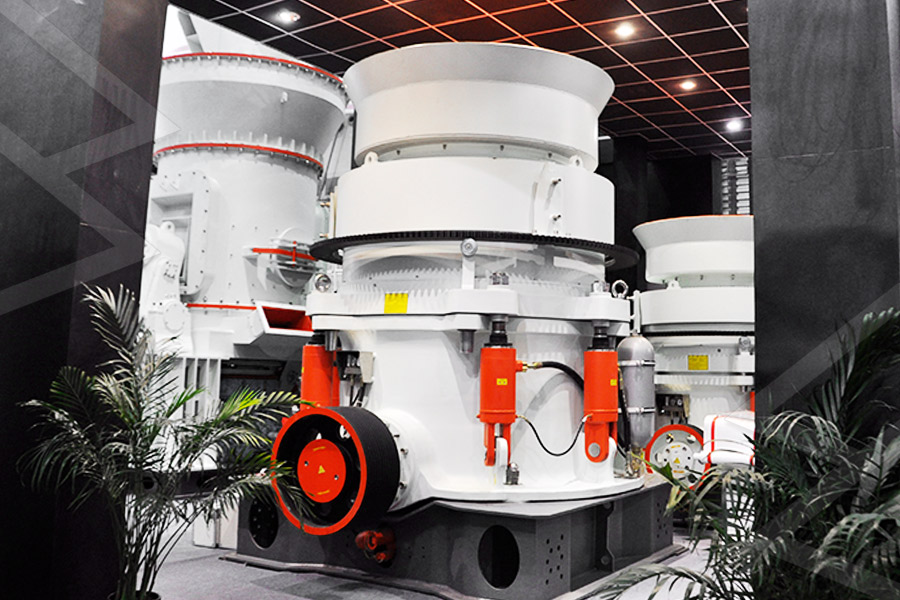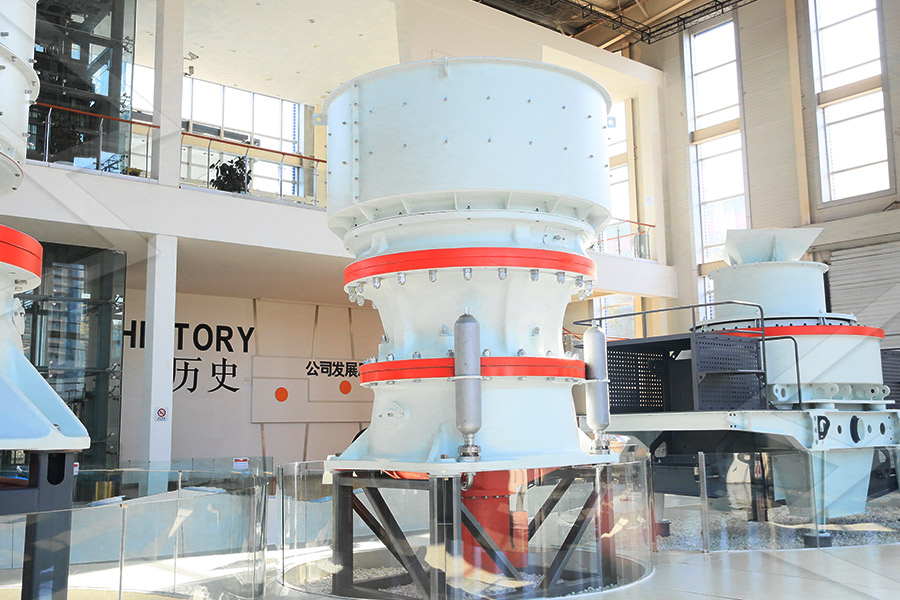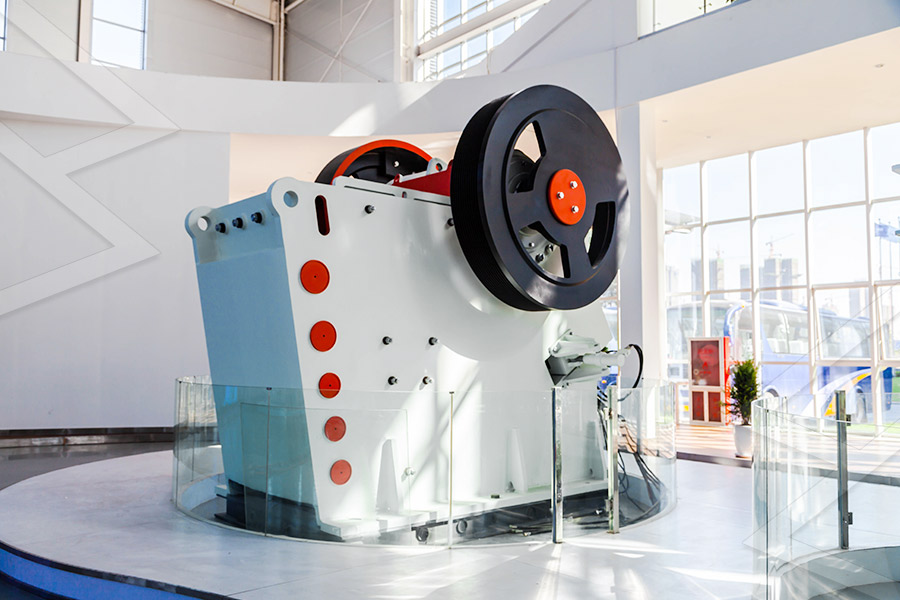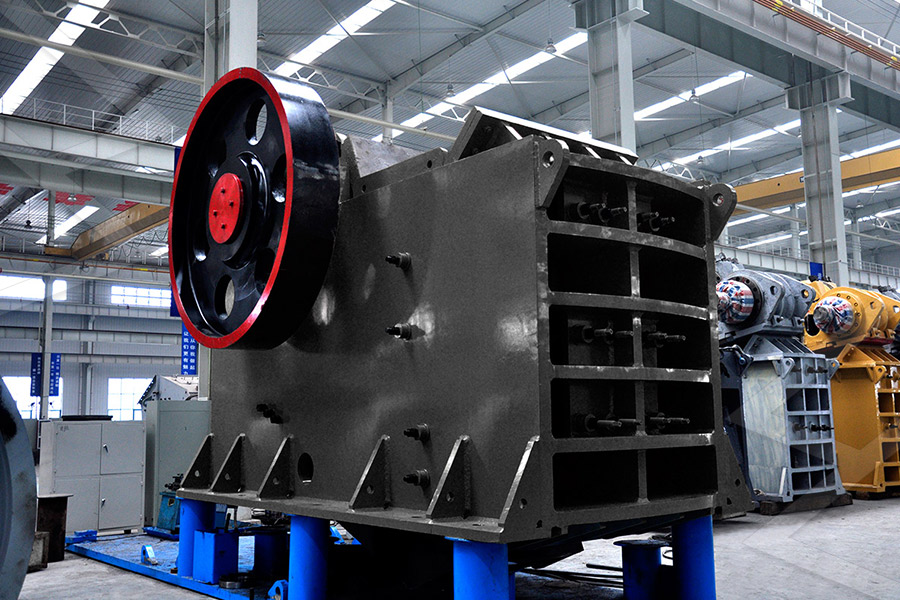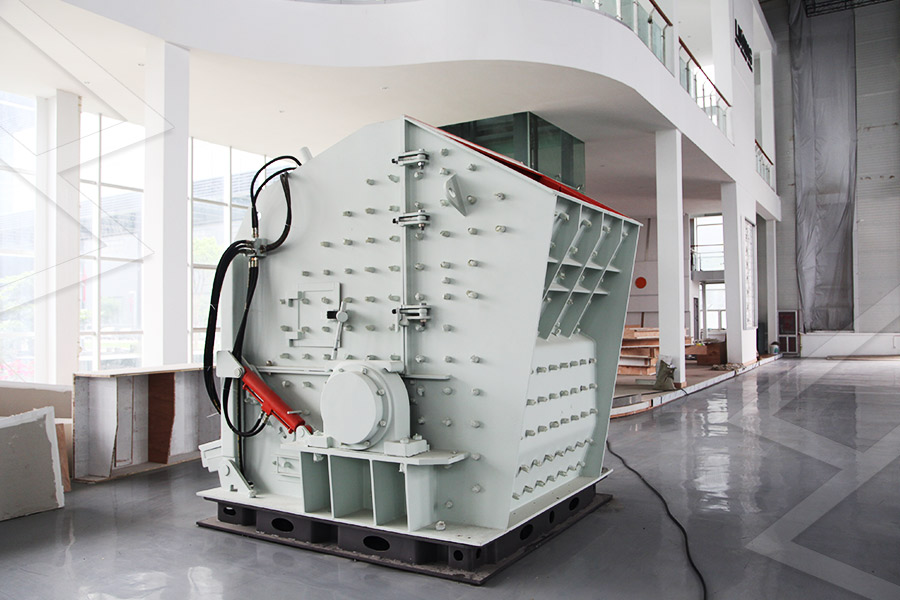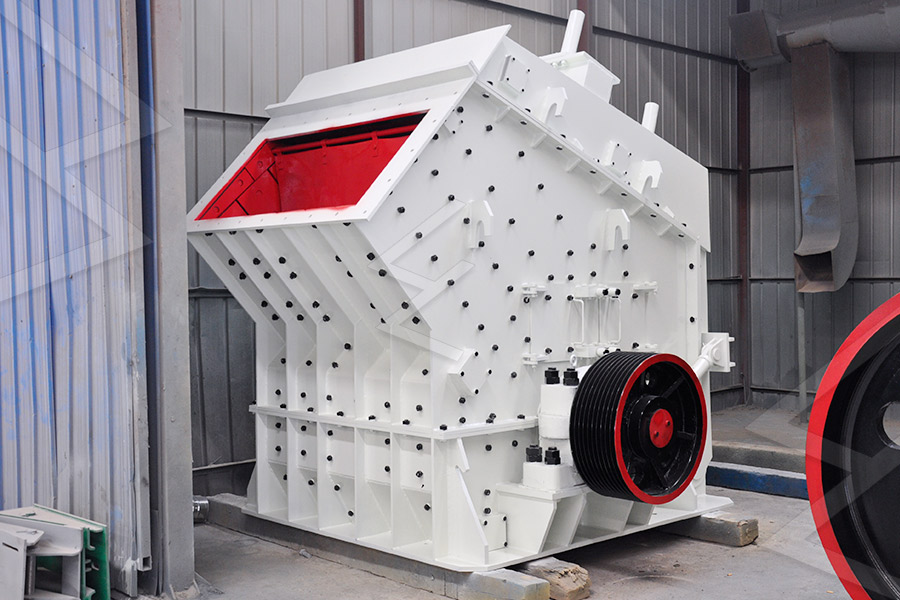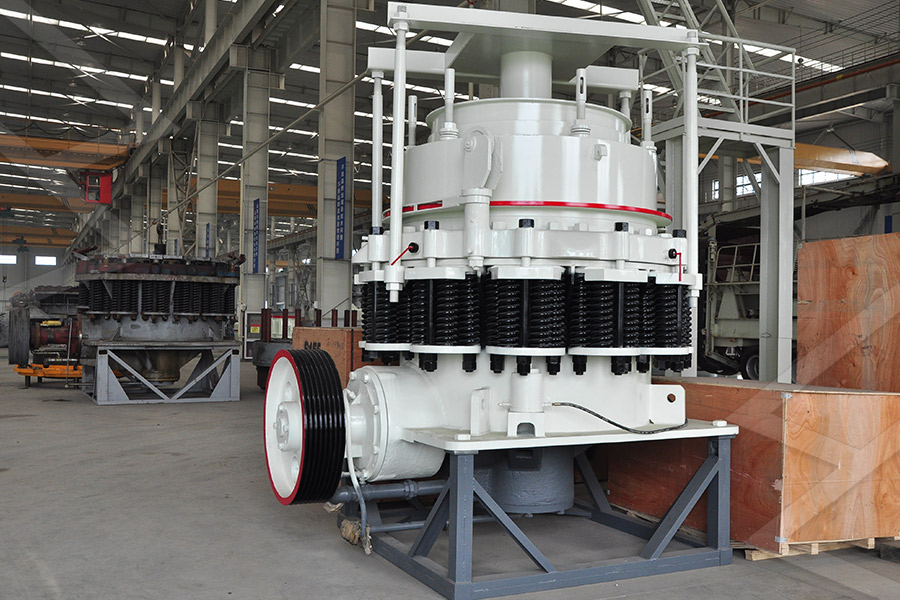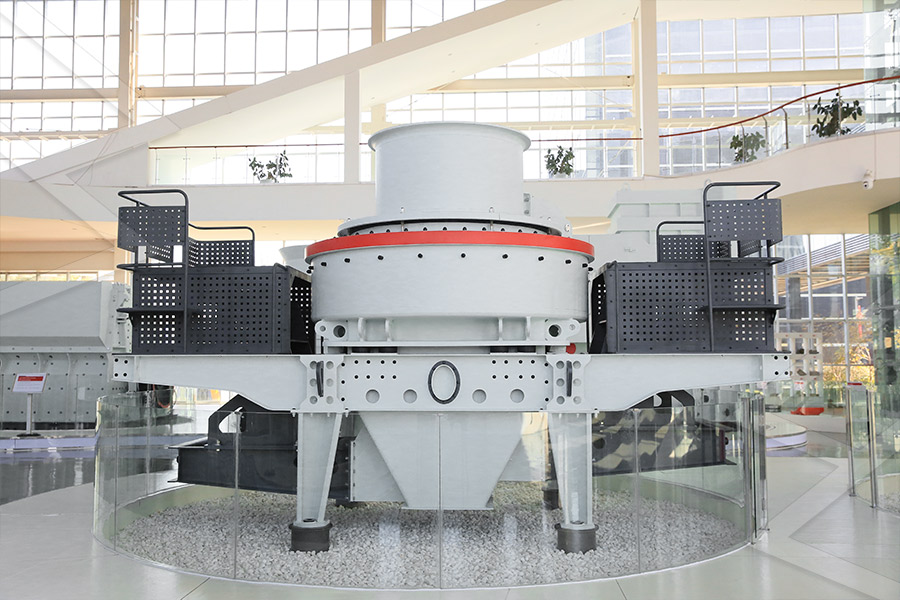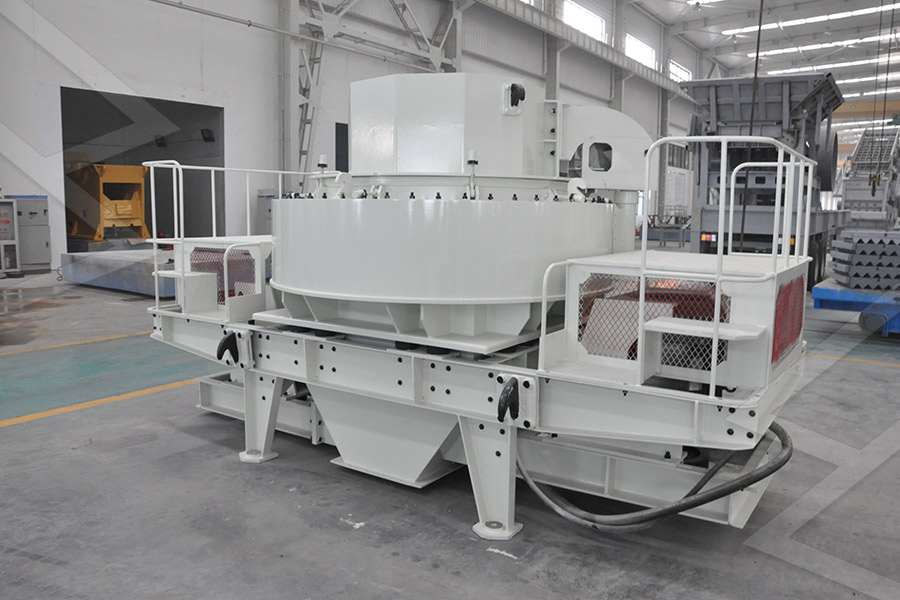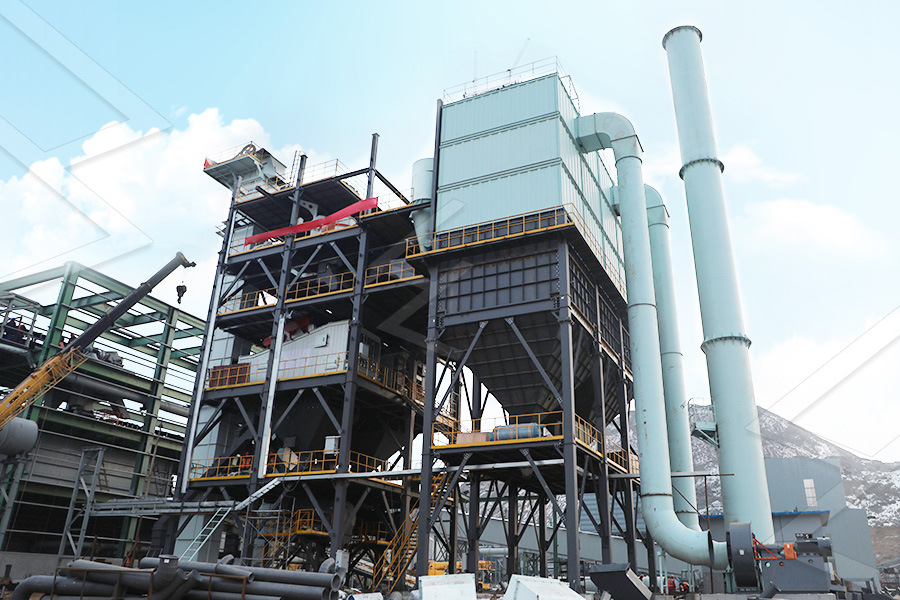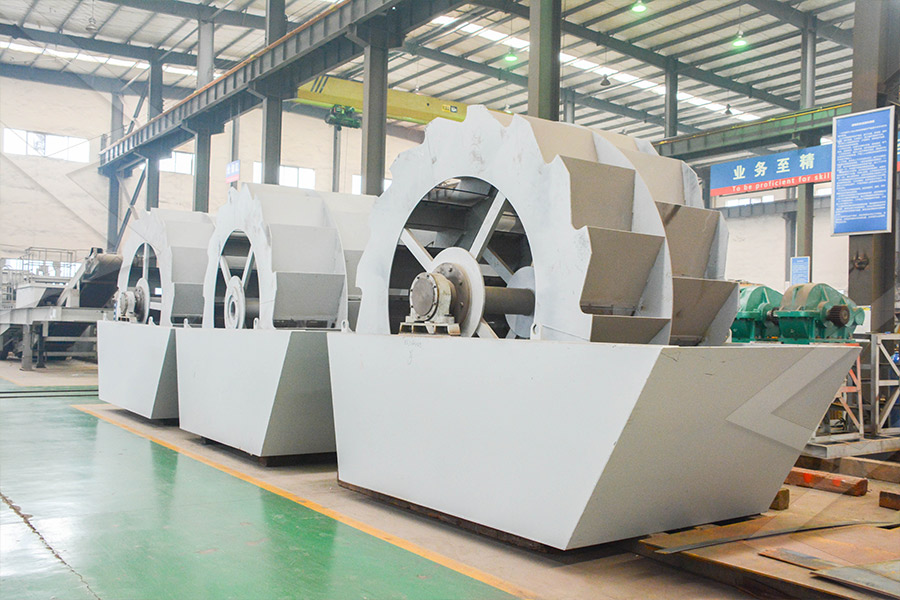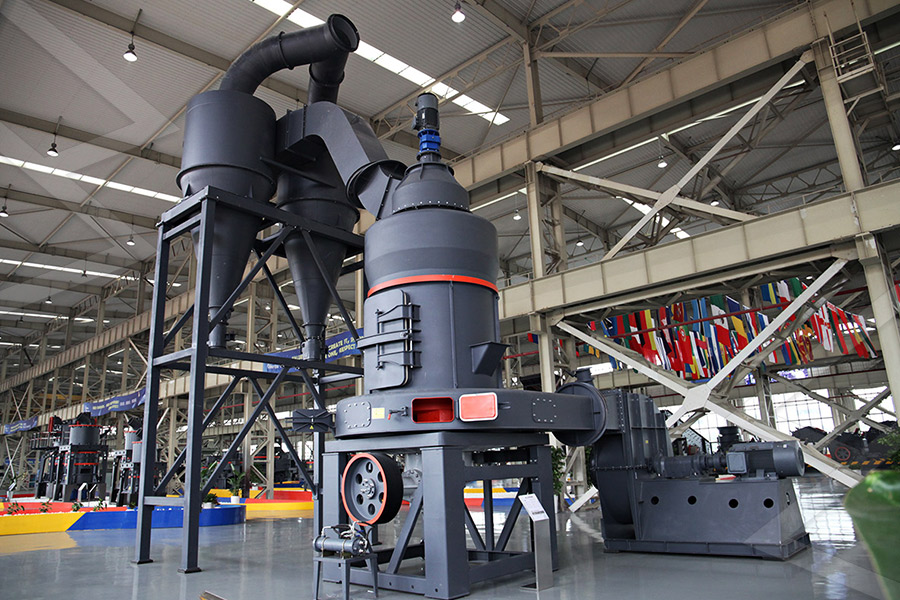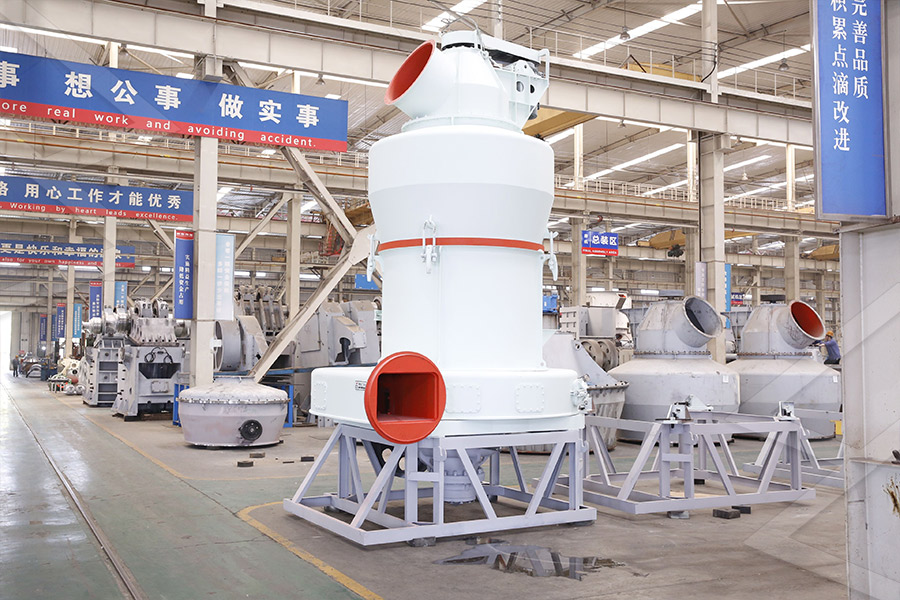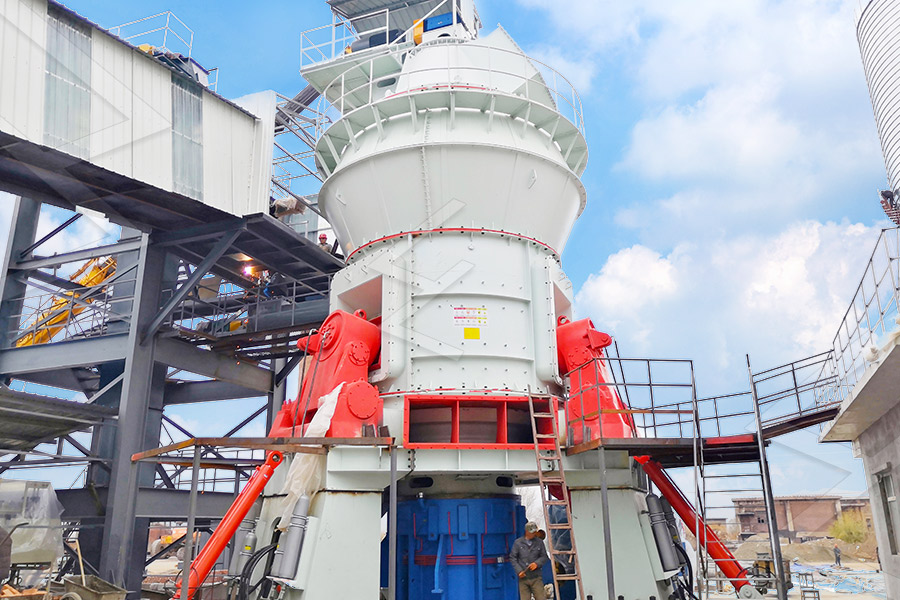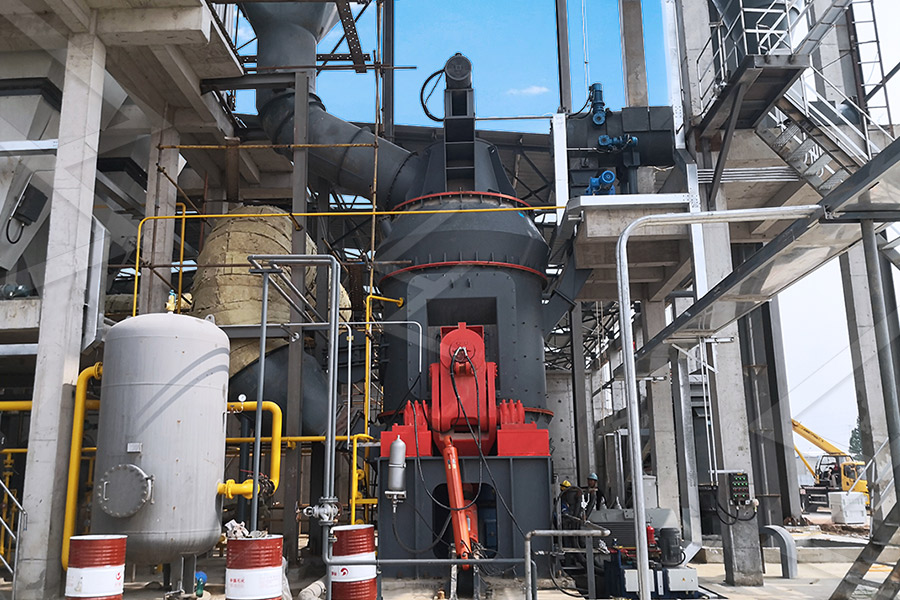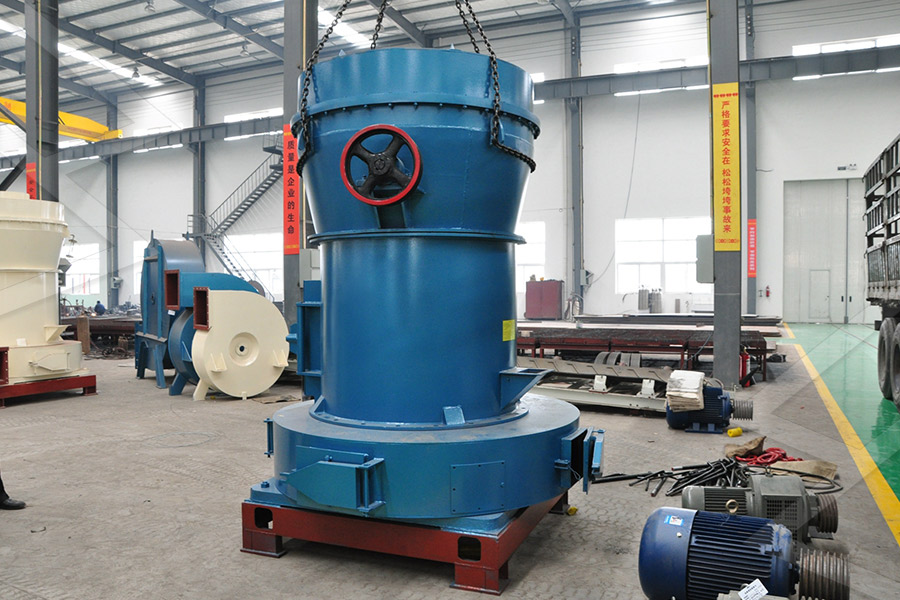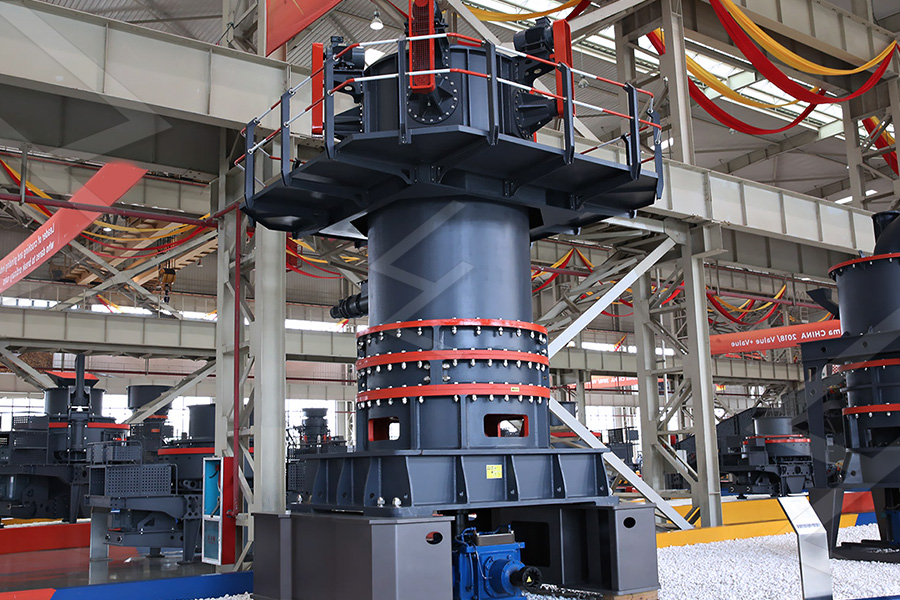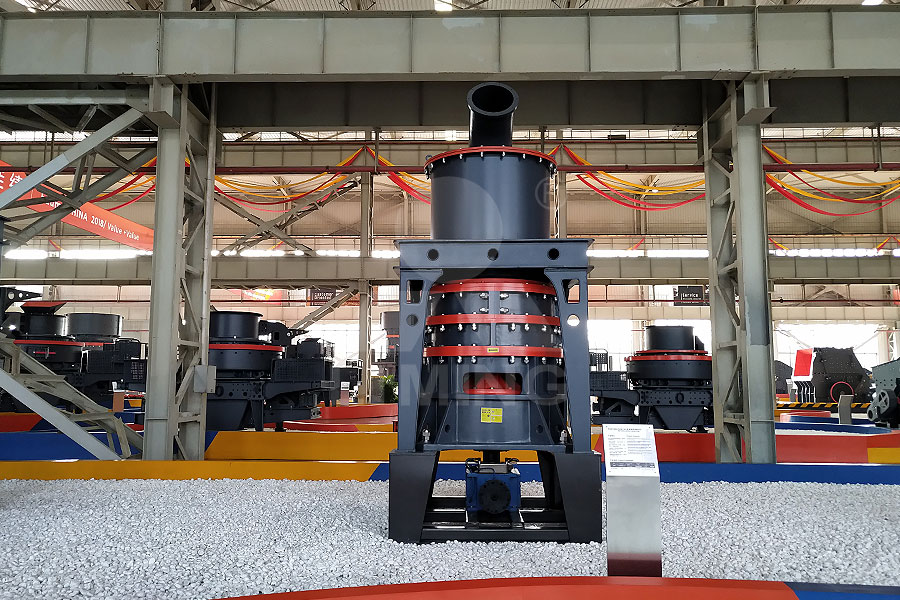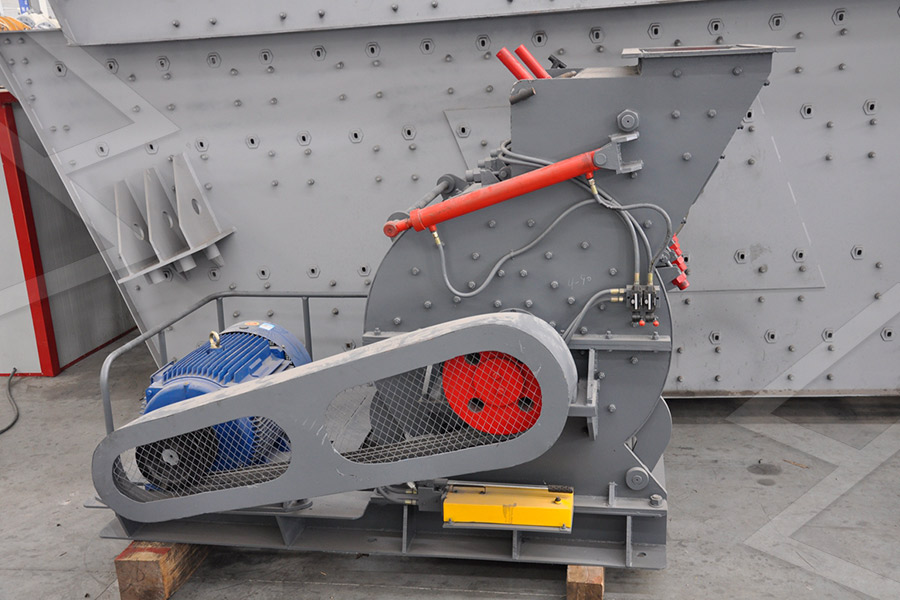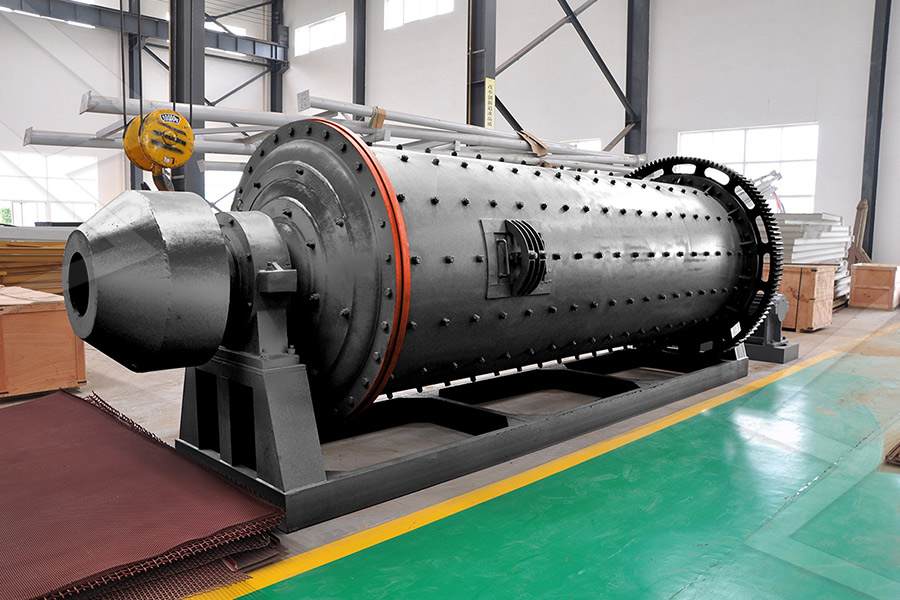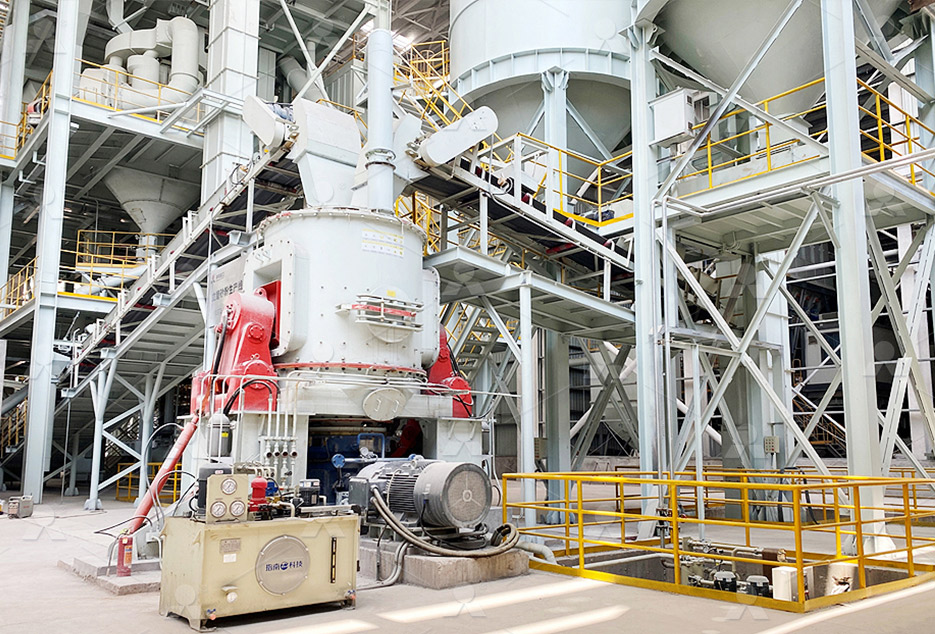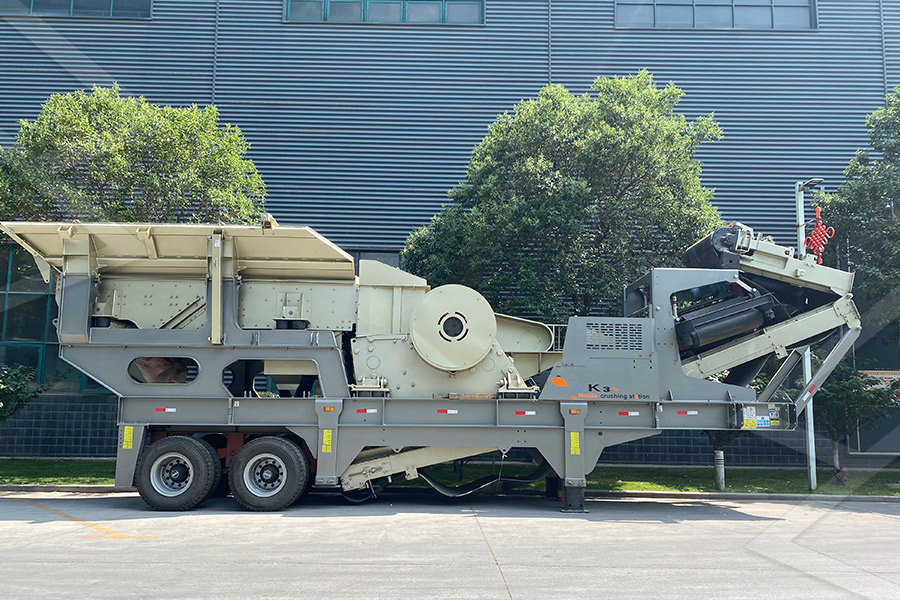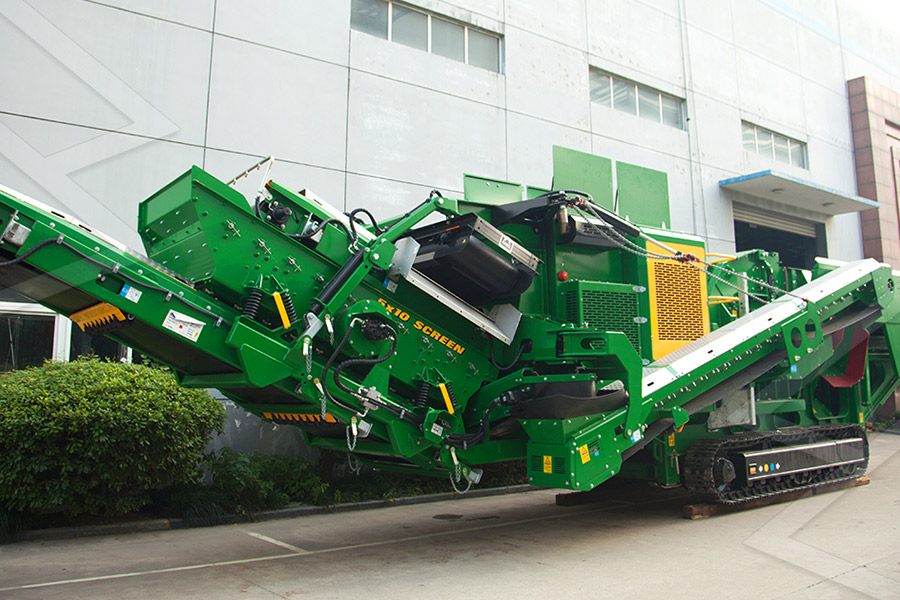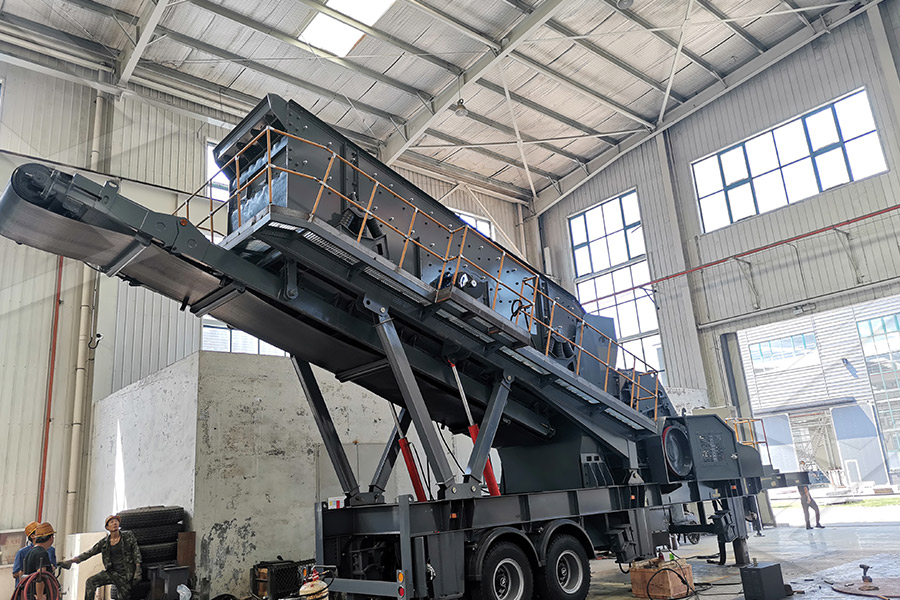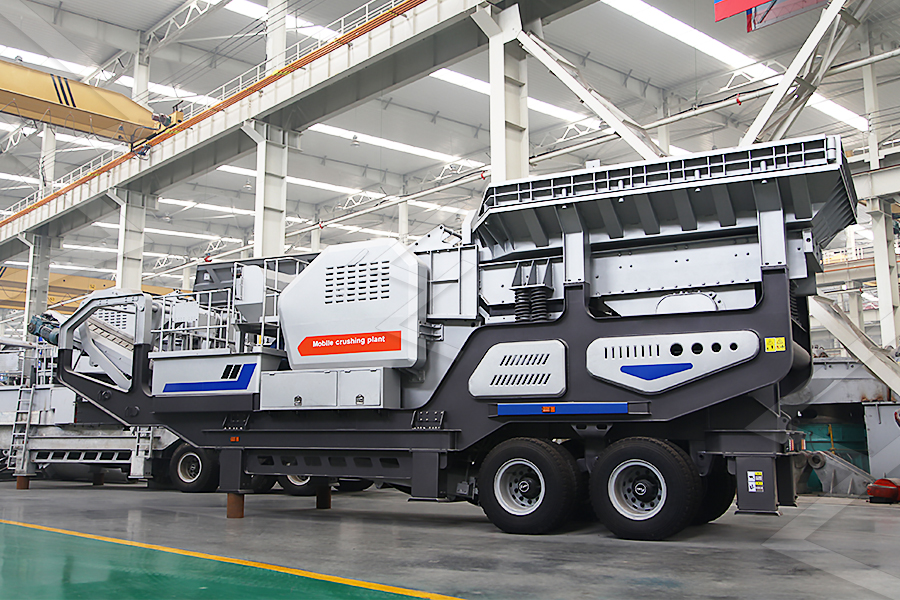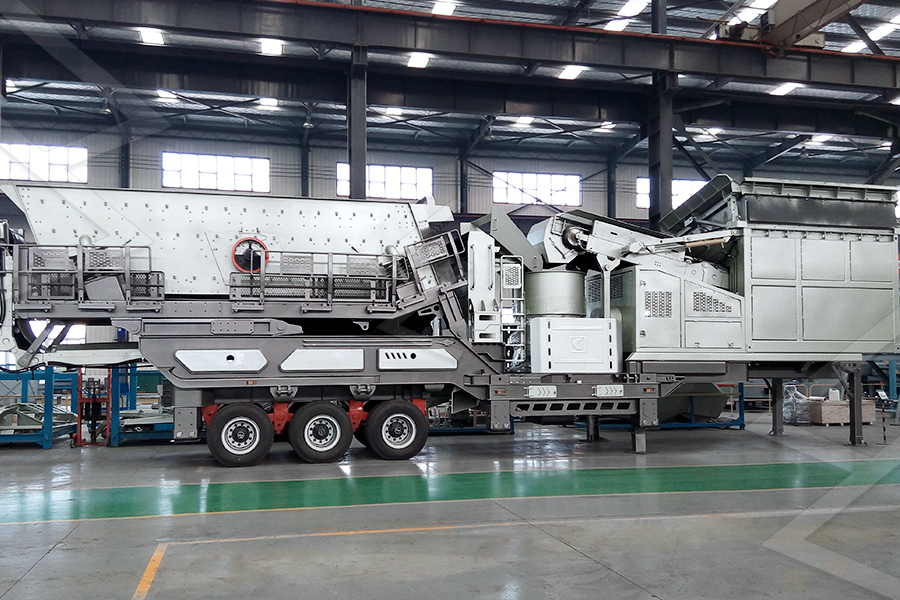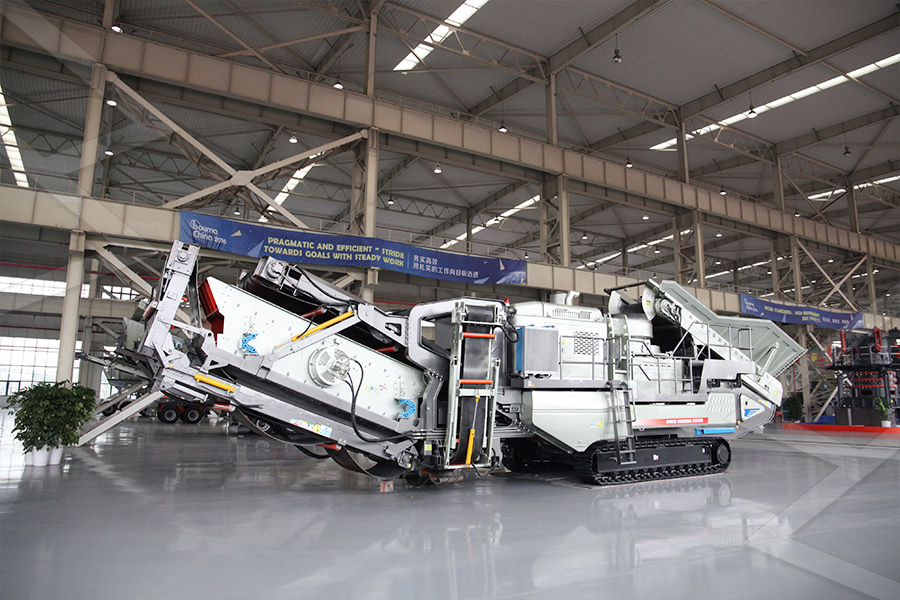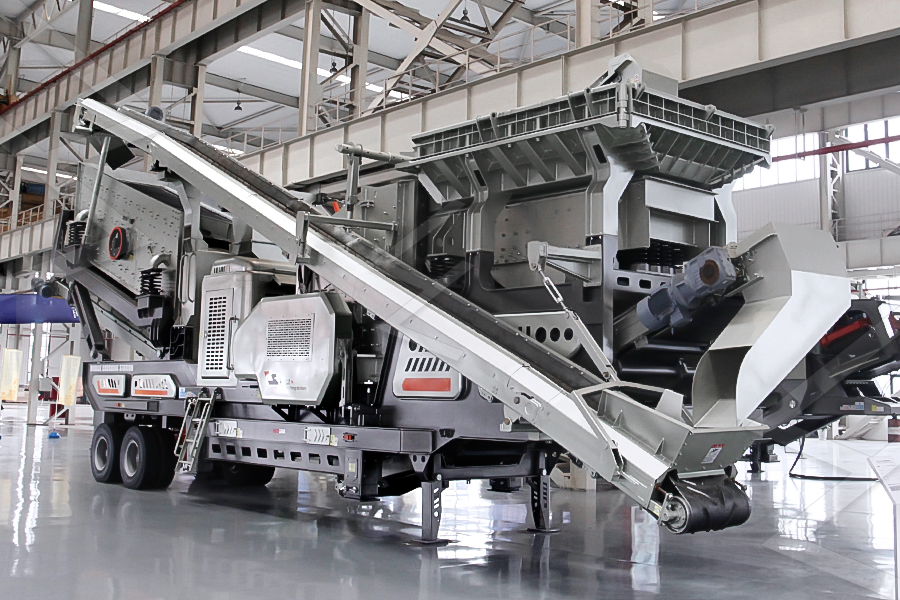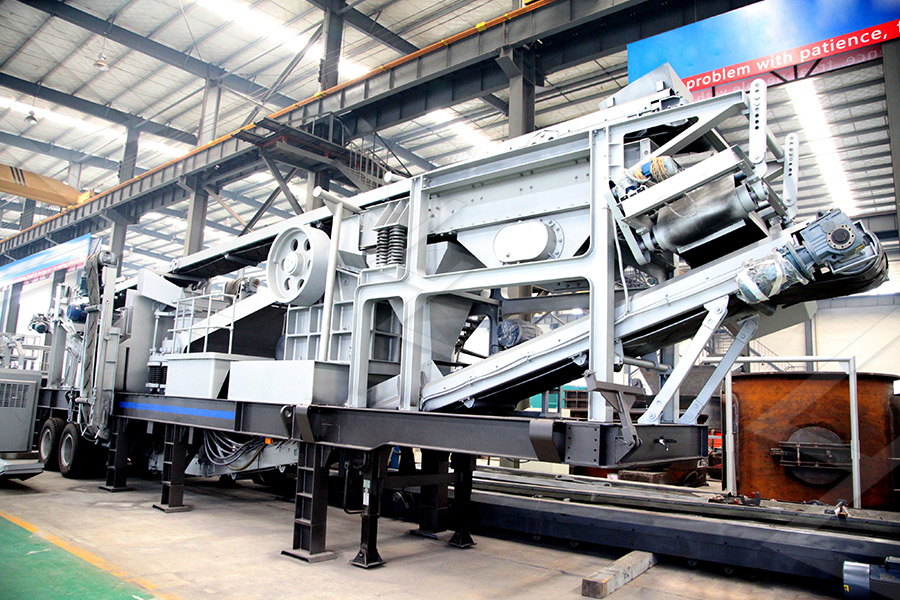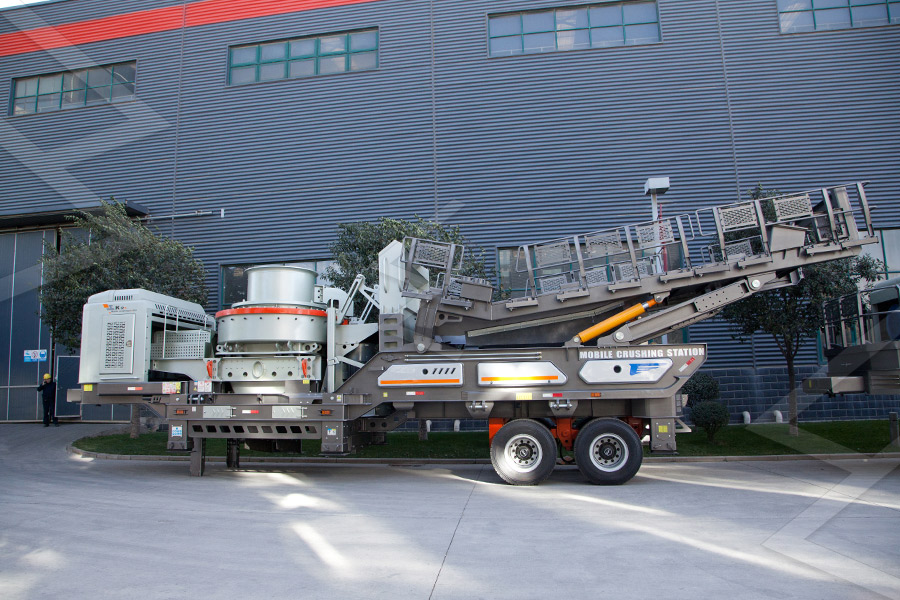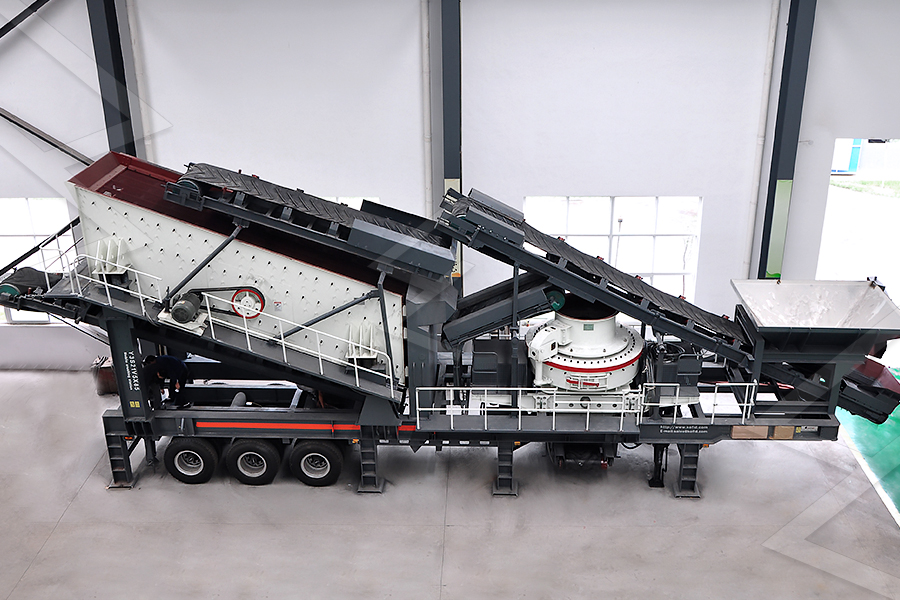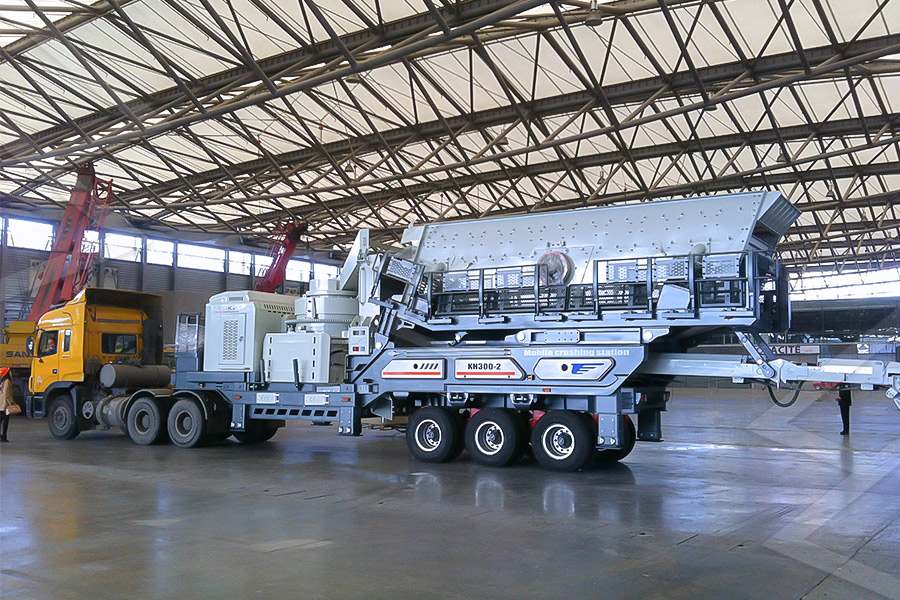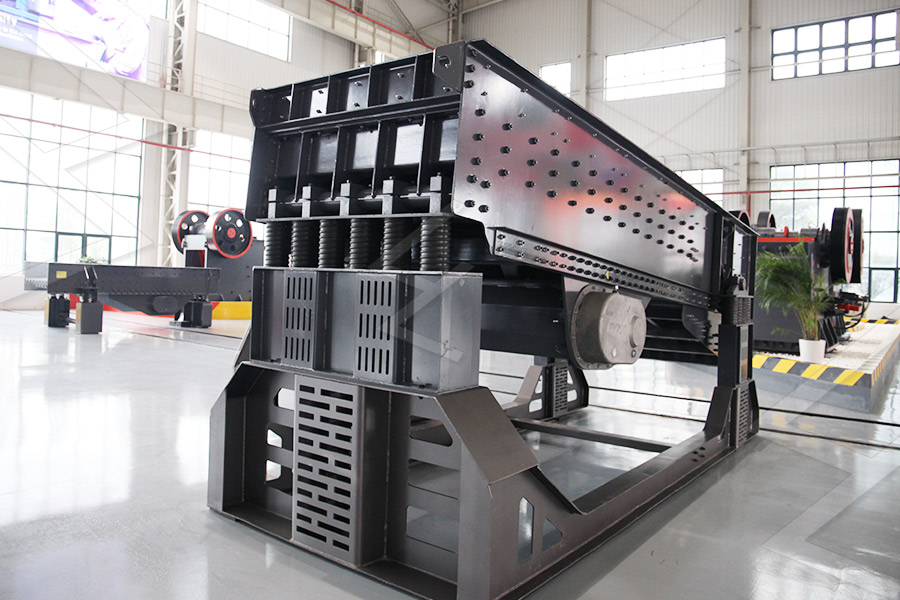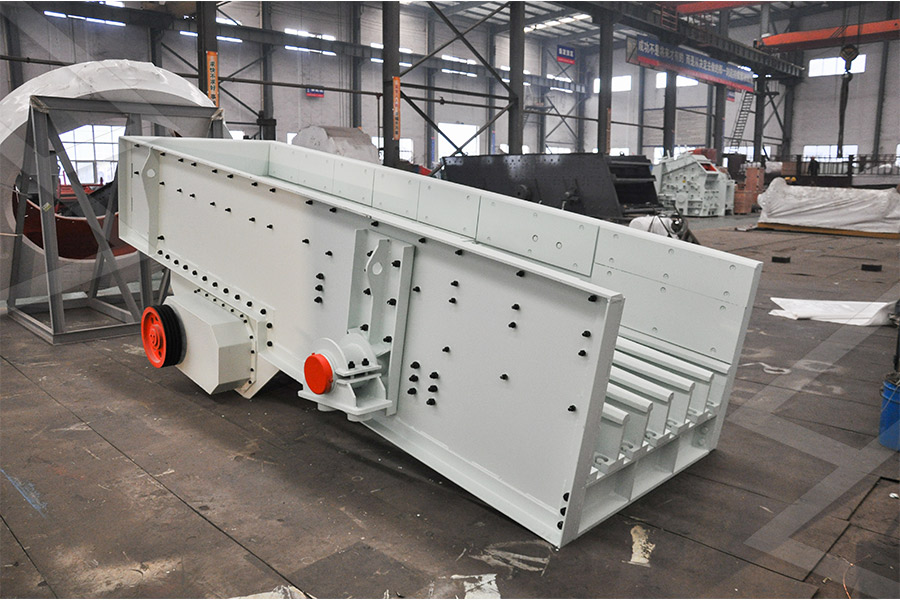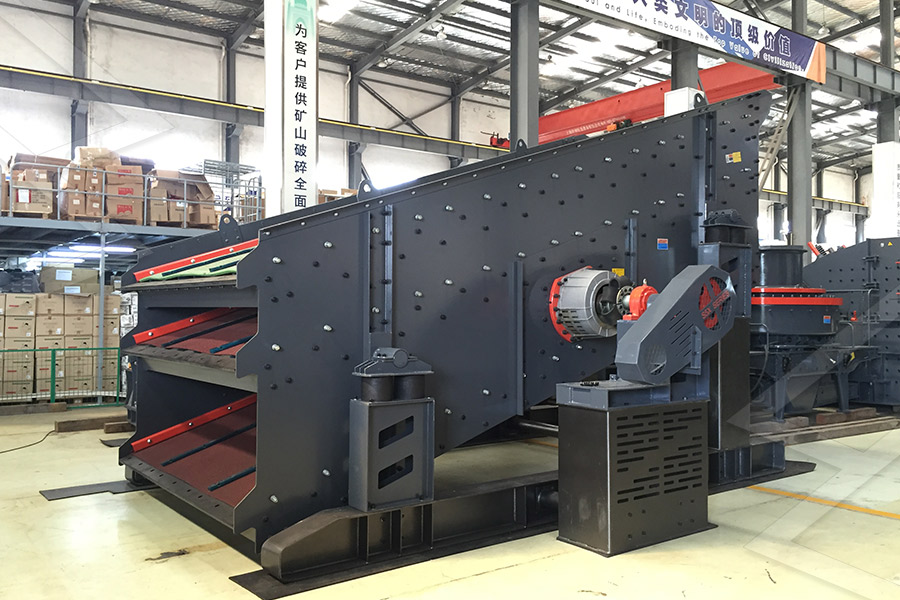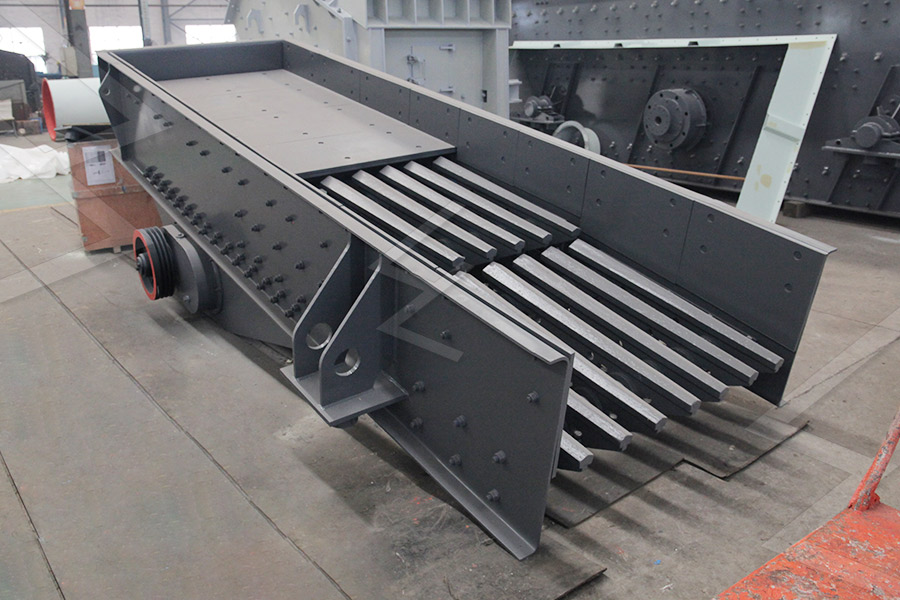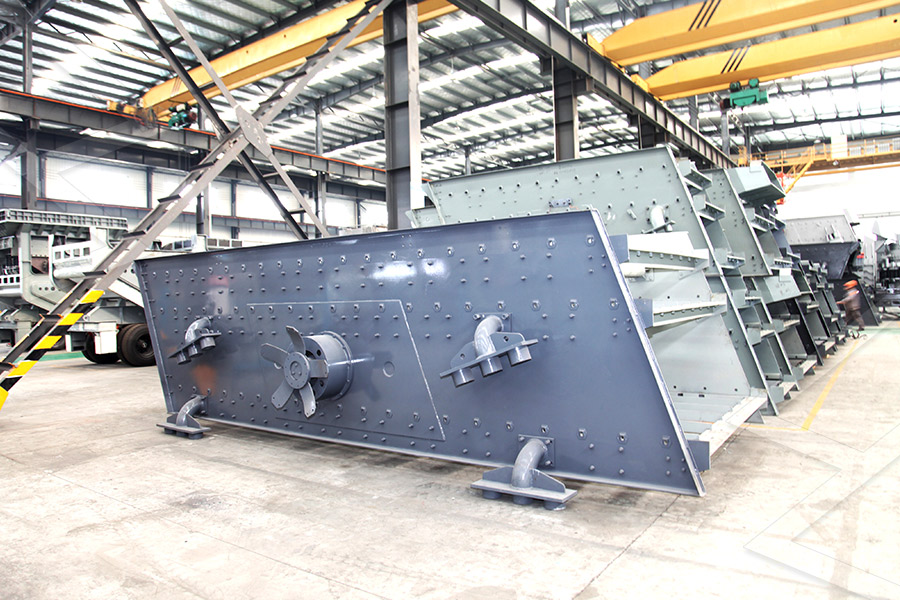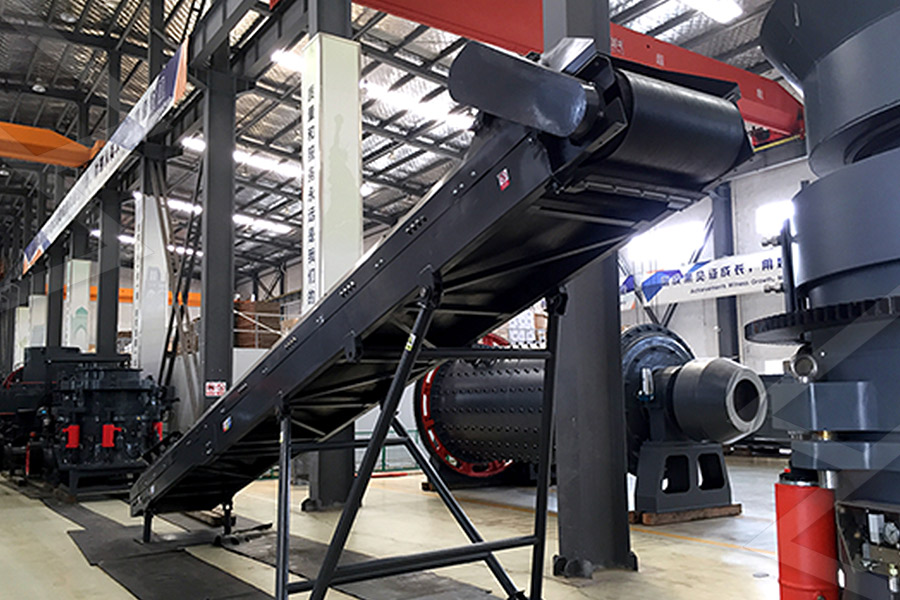Is Limestone Sand Silt Or Clay

Limestone vs Claystone Compare Nature
The mineral content of Limestone includes Calcite, Chert, Clay, Dolomite, Quartz, Sand, Silt and mineral content of Claystone includes Biotite, Chlorite, Feldspar, Micas, Muscovite or Illite, Plagioclase, Pyrite, Quartz2019年6月20日 Sandstone is mediumgrained, meaning its fragments are between 1/16 mm and 2 mm Anything less than 1/256 mm results in either claystone or mudstone Two types of mudstone are shale and argillite, which Sediment Grain Size Chart for Rocks ThoughtCo2024年12月12日 If the rock has a lot of silt in it as well as sand, you can call it a silty sandstone, and if it has a lot of gravel in it was well as sand, you can call it a gravelly (or pebbly) Chapter 4 SILICICLASTIC ROCKS MIT OpenCourseWare2024年10月24日 Particle size descriptions like sand, silt, and clay have specific meaning in geology and engineering (see chart below) Shales, mudstones and claystones are rock types that are very similar to each other Siltstone What's the diference between claystone, silt,

Is Limestone a Pure Substance or Mixture?
Key Characteristics of Limestone: Composition: Mainly made up of calcite and aragonite, limestone can also contain impurities like clay, silt, and sand Texture: Limestone can exhibit a range of textures, from finegrained to coarse 2016年9月13日 These rocks are classified on the proportions of vitric, crystal (mineral), or lithic material they contain, for example, "vitric lithic ash," or "crystal vitric tuff"Classification of Sedimentary Rocks University of KansasSiltstone is available in brown, red, reddish brown colors whereas, Limestone is available in beige, black, blue, brown, cream, gold, green, grey, light green, light grey, linen, pink, red, rust, silver, white, yellow colors Appearance of Siltstone Siltstone vs Limestone Compare Nature2024年12月6日 Limestone, sedimentary rock composed mainly of calcium carbonate, usually in the form of calcite or aragonite It may contain considerable amounts of magnesium carbonate (dolomite) as well; minor constituents also Limestone Characteristics, Formation, Texture,
.jpg)
Sand vs Silt vs Clay in Nutrients and Drainage
2024年12月12日 Sand, silt, and clay differ for their particle size: 005 mm to 2 mm for sand, 0002 mm to 005 mm (more precisely potting mix) is a combination of peat moss, compost, perlite, fertilizer, and limestone These Sand vs Silt vs Clay The difference between sand, silt, and clay is that sand is a coarser and larger soil particle and has no plasticity, while silt is a mediumsized soil particle with low levels of plasticity On the other hand, clay consists of Sand, Silt, vs Clay: Difference and Comparison2021年3月17日 The main difference between sand silt and clay is their particle size Sand particles are larger in size while clay particles are extremely fine, and silt particles are somewhere in between sand and clay particles We What is the Difference Between Sand Silt and 2021年10月26日 into three categories: sand is the largest, silt is intermediate, and clay is the smallest Sand is perhaps the most familiar soil mineral particle, generally ranging from 0052 mm in diameter Because of its size, R C B E A O Color Clay Content Structure Organic Matter Content Horizon Description Horizon Zone of clay accumulation Parent Soils Iowa's Nature Series

Compaction curves for sand, silt, and clay showing the
Corrosion rates in sand, silt, and clay were investigated at various degrees of saturation (Sr) revealing that all three soil types have a distinct optimum Sr at which the corrosion rate is maximisedFragments of other rocks have often been worn down into small pieces, such as sand, silt, or clay Organic materials, or the remains of onceliving organisms Most commonly confused with: limestone A biochemical sedimentary rock Fossiliferous limestone specifies a type of limestone that includes visible fossils within the rock’s matrix 44: Sedimentary Rocks Geosciences LibreTextsThe smallest grains are called clay, then silt, then sand Grains larger than 2 millimeters are called pebbles Shale is a rock made mostly of clay, siltstone is made up of siltsized grains, sandstone is made of sandsized clasts, and conglomerate is made of pebbles surrounded by a matrix of sand or mud Biologic Sedimentary Rocks:What are sedimentary rocks? US Geological SurveyStudy with Quizlet and memorize flashcards containing terms like A type of soil that has approximately equal proportions of sand, silt, and clay is called, True or false: Soil type is influenced by climate, Rainwater can be a major agent for weathering and erosion Rainwater can smaller pieces of rocks from one place to another Rainwater can freeze and expand inside chapo 20 Flashcards Quizlet

Chapter 5: Stratigraphy – The Story of Earth: An
Geologists use ternary plots to compare the sand, silt, and clay content of the sediment Table 53 contains percentages of sand, silt, and clay as in Time 1 in Figure 57 The boundary between them is gradational, meaning that the transition from sand to silt, or silt to clay, or clay to limestone is a gradual transition rather than an 2018年8月10日 particles of sand, silt, or clay It is white in color and may occasionally contain streaks of reddish brown Gypsum is softer than limestone and will not fizz upon the application of a hydrochloric acid solution Gypsum is found in the western half of Oklahoma 5 AnhydriteSTATE OF OKLAHOMA DEPARTMENT OF 2010年11月1日 Sediment nomenclature base d on sandsiltclay ratios (After Shepard, 1954) Flemming (2000) believes that his textural classification also incorporates a genetic element by distinguishing (PDF) TERMINOLOGY AND THE CLASSIFICATION 2024年6月20日 Clay particles are the smallest, followed by silt particles which are larger, and sand particles are the largest Clay particles are less than 0002 mm in size, silt particles range from 0002 to What is bigger clay sand or silt? Answers

Soil Garden Tutor
Soil Texture Texture refers to the size and distribution of the soil particles and is most influenced by the mineral content The texture can tell you a lot about a soil: fine textures, common with clay soils, get compacted easily, and compacted soils don’t let much air and water in Coarse textures, common with sandy soils, let plenty of air and water in but don’t hold them wellNatural soils are usually heterogeneous and characterized with complex microstructures Sand–clay mixtures are often used as simplified soils to investigate the mechanical properties of soils with various compositions (from clayey to sandy soils) in the laboratory Performing laboratory tests on a sand–clay mixture with definite clay fraction can provide information to A Review of Sand–Clay Mixture and Soil–Structure Interface Fossilliferous Limestone 1 : Abundant ooids coarse, sand sized spheres with concentric internal layers: Oolitic Limestone : Microcrystalline 2; breaks with conchoidal either sand, silt, clay or combination of them, called matrix by geologists, filling their interstices and are often cemented by calcium carbonate, iron oxide, silica, or 55: Classification of Sedimentary Rocks Geosciences 2020年5月6日 Sand, silt, and clay: Finegrained variety of unconsolidated mixed sediments Bedrock units Artificial fill: Manmade compacted rock debris from highways, railroads, and earthen dam construction Limestone and minor dolomite: Mainly comprised of limestone with few interbeds of dolomite Unit may have thin interbeds of shale as wellDOMINANT LITHOLOGY Help File uky
.jpg)
Conglomerate Properties, Composition, Classification,
2023年9月4日 Sand: When the matrix is primarily composed of sandsized particles, the rock is sometimes called a “sandstone conglomerate” Silt: If the matrix is dominated by siltsized particles, it may be referred to as a “siltstone conglomerate” Clay: In some cases, the matrix can be clayrich, leading to a “claystone conglomerate”Fragments of other rocks have often been worn down into small pieces, such as sand, silt, or clay Organic materials, or the remains of onceliving organisms Most commonly confused with: limestone A biochemical sedimentary rock Fossiliferous limestone specifies a type of limestone that includes visible fossils within the rock’s matrix Sedimentary Rocks – Introduction to Historical Geology2016年9月13日 Shale: finely fissile; may include much silt Clay Shale (Argillaceous shale): chiefly clay minerals Argillite: highly indurated; incipiently recrystallized Limestone: chiefly calcite, massive Dolomite (Dolostone): chiefly dolomite chaotic mixture of clay, sand, and gravel Tillite: indurated till Fanglomerate: alluvial fan materialClassification of Sedimentary Rocks University of KansasSand 2 Gravel 3 Silt 4 Clay Secondary porosity? List these rocks in order from lowest to highest porosity: Limestone (in relation to rock porosity) *list 3 points 1 fractures form, H20 gets in and dissolves the rock 2 sinkholes form > ex: guatamala city, florida, missouri 3 fractures easily and dissolves readily Sinkhole Groundwater Flashcards Quizlet
G[R.jpg)
Guide to Soil Types: Pros, Cons, and Plant
2024年12月11日 Loamy soil is a balanced mix of sand, silt, and clay particles that combines all their strengths Loam is typically dark brown, almost black, and feels damp to the touch Pros of Loamy Soil: Chalky soil is found on top of Soil texture is based on percentages of sand, silt, and clay (figure \(\PageIndex{5}\)) Soils that have a high percentage of one particle size are named after that particle (a clay soil has a high percentage of clay) The 136: Soils Biology LibreTextsSandsiltclay ternary diagram showing the classification of sandstone facies of the Bertangga Formation based on their grain size analysis following Folk's (1954) classification Accordingly Sandsiltclay ternary diagram showing the ResearchGateThe mud comprises fine grains of silt and clay Figure 79 shows sand from Pfeiffer Beach, California Quartz dominates most common sand, but the sand seen here contains mostly rosy garnet, and also epidote, zircon, magnetite, spinel, staurolite, and only minor quartz Figure 710 shows centimeter scale pebbles on a beach in Greece72: Siliciclastic Sediments Geosciences LibreTexts
.jpg)
Siltstone vs Limestone Compare Nature
Siltstone can be defined as a finegrained sedimentary rock which mainly consists of consolidated silt Limestone is a sedimentary rock composed mostly of calcite and aragonite, which are different crystal forms of calcium carbonate Quartz, Sand, Silica, Silt and mineral content of Limestone includes Calcite, Chert, Clay, Dolomite, Quartz The limestone outcrop shown in Figure 75, for example, shows signs of dissolution and chemical weathering The surfaces are a dull chalky white and the corners are all rounded The mud comprises fine grains of silt and clay Figure 79 shows sand from Pfeiffer Beach, California Quartz dominates most common sand, but the sand seen here 7 Sedimentary Minerals and Sedimentary Rocks – 2013年1月17日 Grain size distributions of Av peds are typically bimodal, with the coarser mode falling in the coarse silt to very fine sand range (50–200 µm), and the fine mode in the clay to fine silt range (1–4 µm) (Figures 4a and 5a) The dip in the distribution between the coarse and fine modes is centered at about 20 µmAlluvial sediment or playas: What is the dominant source of sand A gravel that is infilled with sand, silt and clay will have a lower hydraulic conductivity than and open framework gravel found in a river bar Though both are classified as gravel deposits, their hydraulic conductivity may differ by orders of magnitude53 Hydraulic Conductivity Values for Earth Materials

What C:N ratios in soil particlesize fractions really say: N is
2023年9月1日 On the other hand, the soil on limestone (sand content 1104 g kg −1 and clay content 7779 g kg −1) had the highest SOC content in the sand fraction and the lowest SOC content in the clay fraction at the same 0–5 cm depth Once this SOC (and N) dilution effect is understood, interpretation of SOC and N concentrations in particlesize 2024年12月12日 Sand, silt, and clay differ for their particle size: 005 mm to 2 mm for sand, 0002 mm to 005 mm (more precisely potting mix) is a combination of peat moss, compost, perlite, fertilizer, and limestone These Sand vs Silt vs Clay in Nutrients and DrainageSand vs Silt vs Clay The difference between sand, silt, and clay is that sand is a coarser and larger soil particle and has no plasticity, while silt is a mediumsized soil particle with low levels of plasticity On the other hand, clay consists of Sand, Silt, vs Clay: Difference and Comparison2021年3月17日 The main difference between sand silt and clay is their particle size Sand particles are larger in size while clay particles are extremely fine, and silt particles are somewhere in between sand and clay particles We What is the Difference Between Sand Silt and
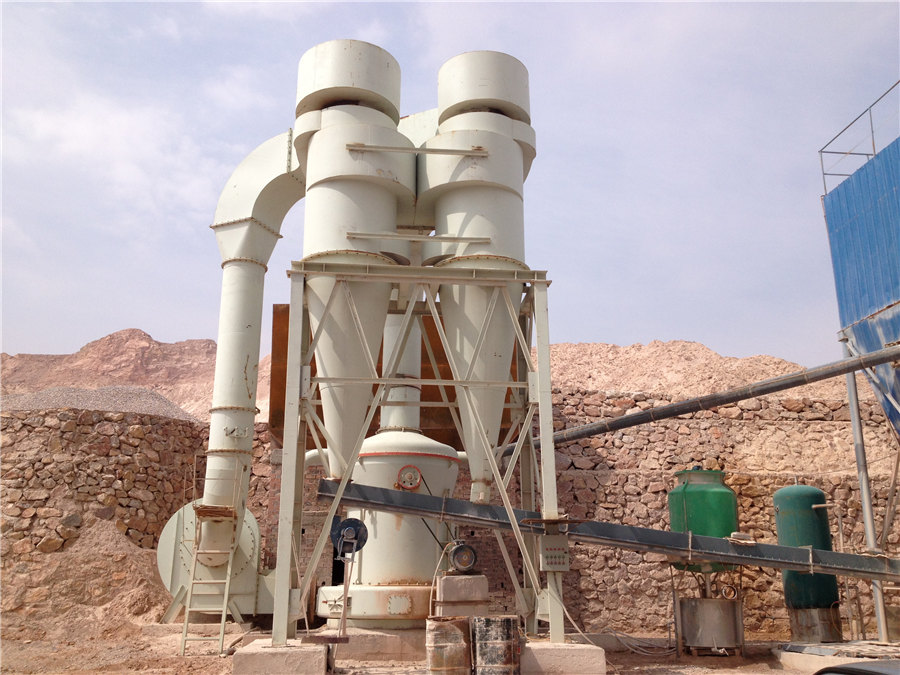
Soils Iowa's Nature Series
2021年10月26日 into three categories: sand is the largest, silt is intermediate, and clay is the smallest Sand is perhaps the most familiar soil mineral particle, generally ranging from 0052 mm in diameter Because of its size, R C B E A O Color Clay Content Structure Organic Matter Content Horizon Description Horizon Zone of clay accumulation Parent Corrosion rates in sand, silt, and clay were investigated at various degrees of saturation (Sr) revealing that all three soil types have a distinct optimum Sr at which the corrosion rate is paction curves for sand, silt, and clay showing the Fragments of other rocks have often been worn down into small pieces, such as sand, silt, or clay Organic materials, or the remains of onceliving organisms Most commonly confused with: limestone A biochemical sedimentary rock Fossiliferous limestone specifies a type of limestone that includes visible fossils within the rock’s matrix 44: Sedimentary Rocks Geosciences LibreTextsThe smallest grains are called clay, then silt, then sand Grains larger than 2 millimeters are called pebbles Shale is a rock made mostly of clay, siltstone is made up of siltsized grains, sandstone is made of sandsized clasts, and conglomerate is made of pebbles surrounded by a matrix of sand or mud Biologic Sedimentary Rocks:What are sedimentary rocks? US Geological Survey
.jpg)
chapo 20 Flashcards Quizlet
Study with Quizlet and memorize flashcards containing terms like A type of soil that has approximately equal proportions of sand, silt, and clay is called, True or false: Soil type is influenced by climate, Rainwater can be a major agent for weathering and erosion Rainwater can smaller pieces of rocks from one place to another Rainwater can freeze and expand inside Geologists use ternary plots to compare the sand, silt, and clay content of the sediment Table 53 contains percentages of sand, silt, and clay as in Time 1 in Figure 57 The boundary between them is gradational, meaning that the transition from sand to silt, or silt to clay, or clay to limestone is a gradual transition rather than an Chapter 5: Stratigraphy – The Story of Earth: An



